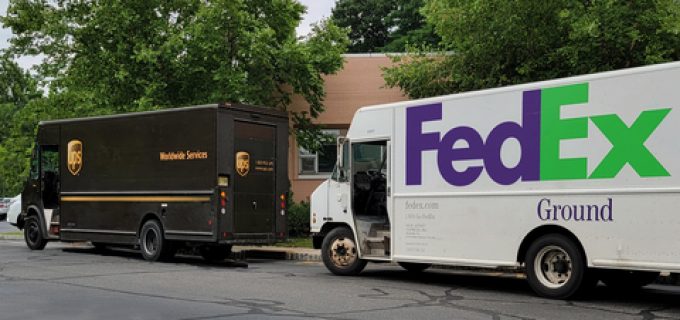Truckers face a serious threat as large shippers develop networks
Amazon and Walmart are poised to disrupt the trucking industry, and more large shippers may ...

FedEx, UPS and Amazon are trying different ways to keep margins in their parcel business up.
While FedEx is further shrinking its Sunday delivery activities, Amazon is trying to boost fulfilment volumes by wooing other online merchants and UPS is extending surcharges on residential deliveries.
According to a memo to contractors performing the actual deliveries for the FedEx Ground unit, the company is to sharply reduce coverage of the US market from mid-March.
This is the second time FedEx has taken a knife ...
Volcanic disruption at Anchorage could hit transpacific airfreight operations
Shippers snap up airfreight capacity to US ahead of tariff deadline
New price hikes may slow ocean spot rate slide – but for how long?
Tighter EU import requirements proving 'a challenge' for forwarders
Looming Trump tariffs will create 'a bureaucratic monster' for Customs
Airfreight demand expected to weaken through Q2
Forwarders stay cool as US 'liberation day' tariffs threaten 'global trade war'

Comment on this article